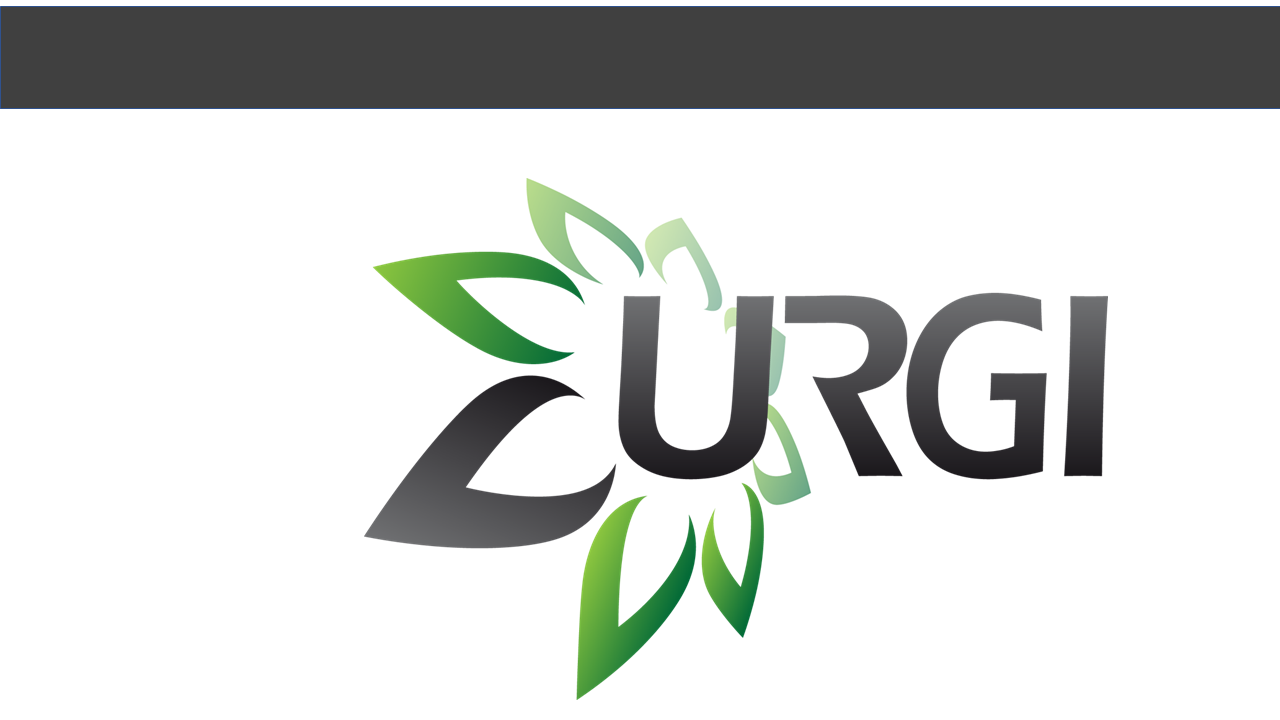
Publications
Current Bioinformatics, , Volume 3, Number 2, May 2008 , pp. 87-97(11)
01 May 2008 Genome Annotation in Plants and fungi : Eugene as a model platformFoissac S ,Gouzy J, Rombauts S, Mathé C, Amselem J, Van de Peer Y, Rouzé R, Schiex T
In this era of whole genome sequencing, reliable genome annotations are the cornerstones for many subsequent analyses. Not only is careful annotation important for studying the gene and gene family content of a genome and its host, but also for wide-scale transcriptome and proteome analyses attempting to describe a certain biological process or to get a global picture of a cell's behavior. Although the number of sequenced genomes is increasing thanks to the application of new technologies, genome-wide analyses will critically depend on the quality of the genome annotations. However, the annotation process is more complicated in the plant field than in the animal field because of the limited funding that leads to much fewer experimental data and less annotation expertise. This situation pleads for highly automated annotation platforms that can make the best use of all available data, experimental or not. We discuss how the gene prediction research field increasingly shifts from methods that typically exploited one or two types of data to more integrative approaches that simultaneously deal with various experimental, statistical, or other in silico evidence. For annotation of genomes of plants and algae as well as of fungi that live in close association with plants, the platform EuGène provides this integrative approach to produce high-quality automatic annotations since several years.
Keywords: Genome annotation; fungi; plants; gene finding
Creation date: 12 Apr 2010
 eZ Publish
eZ PublishPublication supervisor: A-F. Adam-Blondon
Read Credits & General Terms of Use
Read How to cite








